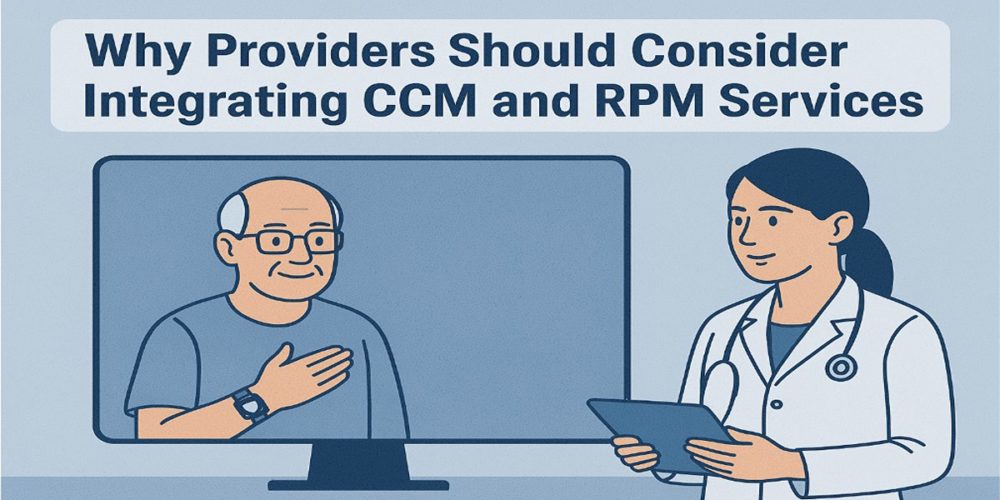White coat syndrome, also known as white coat hypertension, is a common phenomenon where a patient experiences higher blood pressure readings when in a medical setting, such as a physician’s office or clinic. This increase in blood pressure can often be attributed to the stress and anxiety that patients feel when they are being monitored by a medical professional.
Remote patient monitoring (RPM) is a rapidly evolving field that uses technology to enable healthcare providers to remotely monitor patients’ health conditions. RPM can be an effective tool for diagnosing and reducing white coat syndrome. In this blog, we will explore how RPM can help physicians & patients diagnose and reduce white coat syndrome.
Diagnosing White Coat Syndrome with RPM
One of the primary advantages of RPM is that it allows for continuous monitoring of a patient’s blood pressure, even when they are not in a medical setting. With RPM, patients can wear a blood pressure monitor throughout the day, and the device will automatically record their blood pressure readings. These readings can then be transmitted to their healthcare provider, who can analyze them to look for patterns or abnormalities.
By monitoring a patient’s blood pressure over an extended period, healthcare providers can get a more accurate picture of their overall blood pressure levels. This can help to diagnose white coat syndrome, as patients with this condition will typically have normal blood pressure readings outside of a medical setting.

Reducing White Coat Syndrome with RPM
To reduce the anxiety and stress levels of a patient diagnosed with white coat syndrome in a medical setting is the next step. This is where RPM can be particularly useful. With RPM, patients can receive real-time feedback on their blood pressure readings, even when they are not in a medical setting. A physician then uses this feedback to normalize the patient’s blood pressure levels & reduce anxiety levels during monitoring.
RPM not only provides real-time feedback but also educates patients about the significance of blood pressure monitoring and healthy lifestyle habits. Patients can receive educational materials and resources through the RPM platform, which can help them to better understand their condition and how to manage it.
Conclusion
White coat syndrome is a common condition that can have significant impacts on a patient’s health. By using RPM to diagnose and reduce White coat syndrome, healthcare providers can help patients to manage their blood pressure levels more effectively and reduce their overall stress and anxiety levels. With the continued evolution of RPM technology, we can expect to see more innovative solutions in the future that will enable healthcare providers to better manage and monitor patients’ health conditions.



